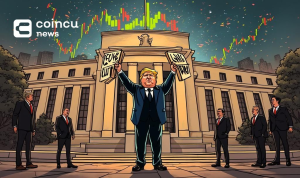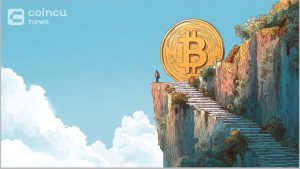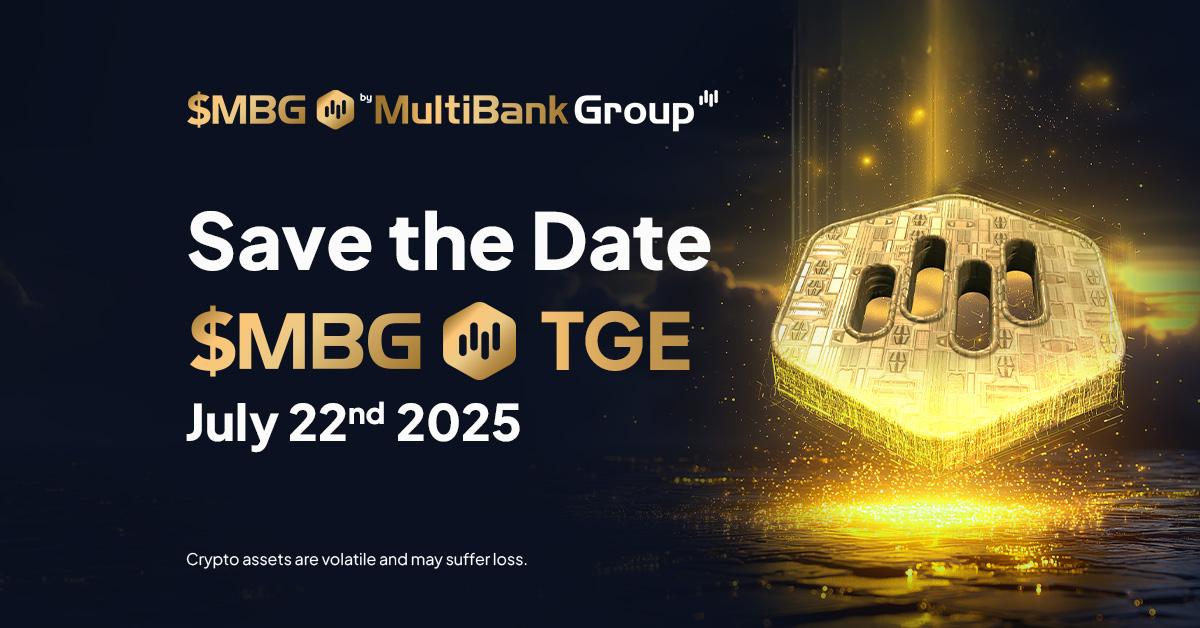In Part 1, I went over USDC, the background and conspiracy theories surrounding USDC. If you haven’t read it yet, read it right before going to the next section.
In part 2, I continue to analyze the conspiracy theory presented in part 1, giving evidence of the real risk of USDC.
![[PART 2] The Veracity of The USDC Crash Rumor On July 2022 1 [PART 2] The Veracity of The USDC Crash Rumor On July 2022](https://news.coincu.com/wp-content/uploads/2022/07/image-679-1024x729.png)
Analyzing the Veracity of Conspiracy Theories
Point (1): Allows converting USDC to cash and vice versa through a bank like Silvergate or Signature bank
Information about Circle’s redemption service is correct. However, partners supporting this issue such as Silvergate or Signature bank have not been verified.
Point (2): Circle loses 500 million USD and will continue to lose 1.5 billion USDC in 2022, must raise capital in advance to pay USDC conversion costs
Regarding losses:
- The balance sheet Circle submitted to the SEC for approval is currently only through the end of 2021 and will be audited annually.
- Therefore, the argument that Circle lost $ 500 million in the first quarter of 2022 is unfounded because a loss of $ 509 million was recorded in December 2021.
About raising capital in advance to pay the cost of converting USDC to USD about 5%:
- Because he said this fee is 5% based on a confidential source but has not released proof ⇒ This is still just a conspiracy theory for Circle’s loss.
- Circle’s intentions to raise capital before 2022 do not necessarily cover redemption from USDC. For more clarity, the cost of using a bank to convert USDC-USD or vice versa will be included in the “operating expenses” section.
![[PART 2] The Veracity of The USDC Crash Rumor On July 2022 2 usdc 2021 operating expense](https://file.coin98.com/images/usdc-2021-operating-expense-13rjSQbEsiShPYXS.png)
However, in 2021, Circle’s balance sheet did not record a loss of $500 million in operating expenses. Instead, Circle suffered a loss of about $436 million on convertible debt out of a total loss of $503 million.
![[PART 2] The Veracity of The USDC Crash Rumor On July 2022 3 convertible debt](https://file.coin98.com/images/convertible-debt-lpappJ2kY591o2EX.png)
Point (3): USDC Reserve invests in Signet/SEN and these parties lend to parties in the crypto market.
It is true that Circle lent Circle Bermuda and this loan was loaned to other parties, but information about the borrowers is not disclosed.
Idea (4): Circle Bermuda was created to evade and resist American control
Circle’s Bermuda Company has not been accused by either party of breaking the law or of attempting to evade the control of US law.
![[PART 2] The Veracity of The USDC Crash Rumor On July 2022 4 usdc bermuda](https://file.coin98.com/images/usdc-bermuda-FxVdti833K2b1Bz7.png)
Point (5): Risk of Circle or its partner banks for high-risk lenders like BlockFi, Celsius or 3AC
There is no evidence for this.
Point (6): The risk that investors want to change from USDC to USD will make Circle difficult
The services of USDC, one of which is to allow conversion from USDC to USD at the rate of 1:1. The risk that author says that if USDC holders want to redeem goods from USDC to USD actively, Circle will likely have to notify to prevent mass redemption is true.
For the following reasons (if any):
Reason 1: In the Treasury, there is only about 13.7 billion USD in cash, the remaining more than 40 billion USD in the form of short-term US treasury bills (although the liquidity is high, it cannot support a large amount of redemption at the same time because commitment to maturity is less than 1 year).
Reason 2: If the author’s assumption is that Circle’s USDC lenders are at risk such as BlockFi (acquired), 3AC (declared bankruptcy on July 2, 2022) or Celsius (“pumped out”) armour” to bring the liquidation price down to around 12,000 USD/BTC) is correct. At the same time, this amount of USDC cannot be returned to Circle.
⇒ The collateral in the fund is still there and is not related to the loss of the USDC peg (because USDC mint = amount of assets in the fund).
However, when there is active redemption pressure (due to panic among USDC holders), Circle will not have enough cash to redeem. Because at this time, the supply of USDC due to the need to redeem is larger than the assets in the fund that can be back and not enough to support redemption immediately.
When USDC supplies > collateral (due to a lot of redemption) ⇒ USDC loses peg + other major related consequences.
⇒ Comment: This thesis of the author will be valid when the assumptions he declares as “lack of evidence” are correct and satisfy the above conditions.
Is USDC Likely to Crash?
To determine the probability of USDC collapse, we need to consider the following factors:
- Is the collateral for USDC mint highly liquid or not (in case the asset price falls and cannot be sold or converted).
- Transparency in the number of back assets for USDC is equivalent to the supply of USDC in the market (reducing the case of short-printing stablecoins like inflation).
- Does the USDC escrow fund involve lending/lending risks to potential default/unstable parties?
USDC Collateral Stability and Liquidity
USDC announces that USDC is 100% backed by cash and short-dated US Treasury. A short-dated US Treasury is a Treasury bill (T-Bill) or a short-term debt obligation backed by the United States Department of the Treasury with a maturity of one year or less.
⇒ The liquidity of assets in the USDC fund including T-bills and stability is very high due to the guarantee from US government agencies and short maturities.
Current status of USDC Treasury:
![[PART 2] The Veracity of The USDC Crash Rumor On July 2022 5 reserve break down](https://file.coin98.com/images/reserve-break-down-zWvkmLE5cOREXZfR.png)
The current financial status of the USDC Treasury fund is declared safe. Of the 55.7 billion USDC in circulation, the amount of back assets is 55.8 billion USD. In which, cash is about 13.8 billion USD and the rest is short-term US bills with 42 billion USD.
Relevance of Hedge Funds For USDC to Risky Assets
USDC Reserve is mainly held and managed by leading US financial institutions, Black Rock and BNY Mellon.
![[PART 2] The Veracity of The USDC Crash Rumor On July 2022 6 black rock usdc reserve](https://file.coin98.com/images/black-rock-usdc-reserve-HyM6CCoExfvZk4Zt.png)
In particular, one of the products Circle offers institutional investors based on USDC is Circle Yield. This is where investors deposit and lock the amount of USDC into the fund and Circle will provide profits at a fixed interest rate with an optional term.
![[PART 2] The Veracity of The USDC Crash Rumor On July 2022 7 circle yield](https://file.coin98.com/images/circle-yield-g2S8rWUkIm44ZK1d.png)
Circle will lend this to Circle Bermuda and this party will also lend money to other parties in the crypto market for profit. In addition, Circle will also cooperate with Genesis Global Capital, an asset trading platform about Circle Yield.
The loan will be secured in BTC in the form of collateral received from Circle’s investment partners. Loan terms are:
- Overcollateralized assets.
- Legal binding.
- A consensus certificate on the creditworthiness of the borrower and the fund managed by a third party.
Regarding the safety of the money source, the collateral will be kept by a reputable third party, BitGo (famous for keeping the assets of more than 400 large investors) to avoid the case that Circle uses the depositor’s funds. for the wrong purpose and protect their funds.
To understand more about the risk of assets in the fund, one factor to consider is the circulation of funds deposited into Circle Yield.
The process will be as follows:
Circle → Deposit into Circle Yield program → Lend Circle Bermuda → Circle Bermuda will lend to other parties in the Crypto market to increase profits → Profit is returned to Circle → Interest is based on deposit terms and time of the user.
As Circle provides a profit-related financial instrument using Bitcoin as collateral, Circle will also be exposed to the risk associated with falling collateral prices on the part of its borrowers. This leads to the possibility that Circle will be affected because of bad debts and because of an event that makes them insolvent like Celsius, BlockFi recently.
Verdict
In the above analysis, I have made a couple of views that USDC is difficult or at least so far not facing a big risk of default. The FUDs around USDC are proving too dangerous to worry investors. In part 3, I will continue to present other evidence and examine further in Circle’s balance sheet. (Part 3)
If you have any questions, comments, suggestions, or ideas about the project, please email ventures@coincu.com.
DISCLAIMER: The Information on this website is provided as general market commentary and does not constitute investment advice. We encourage you to do your research before investing.
Join CoinCu Telegram to keep track of news: https://t.me/coincunews
Follow CoinCu Youtube Channel | Follow CoinCu Facebook page
Marcus
Coincu Venture























